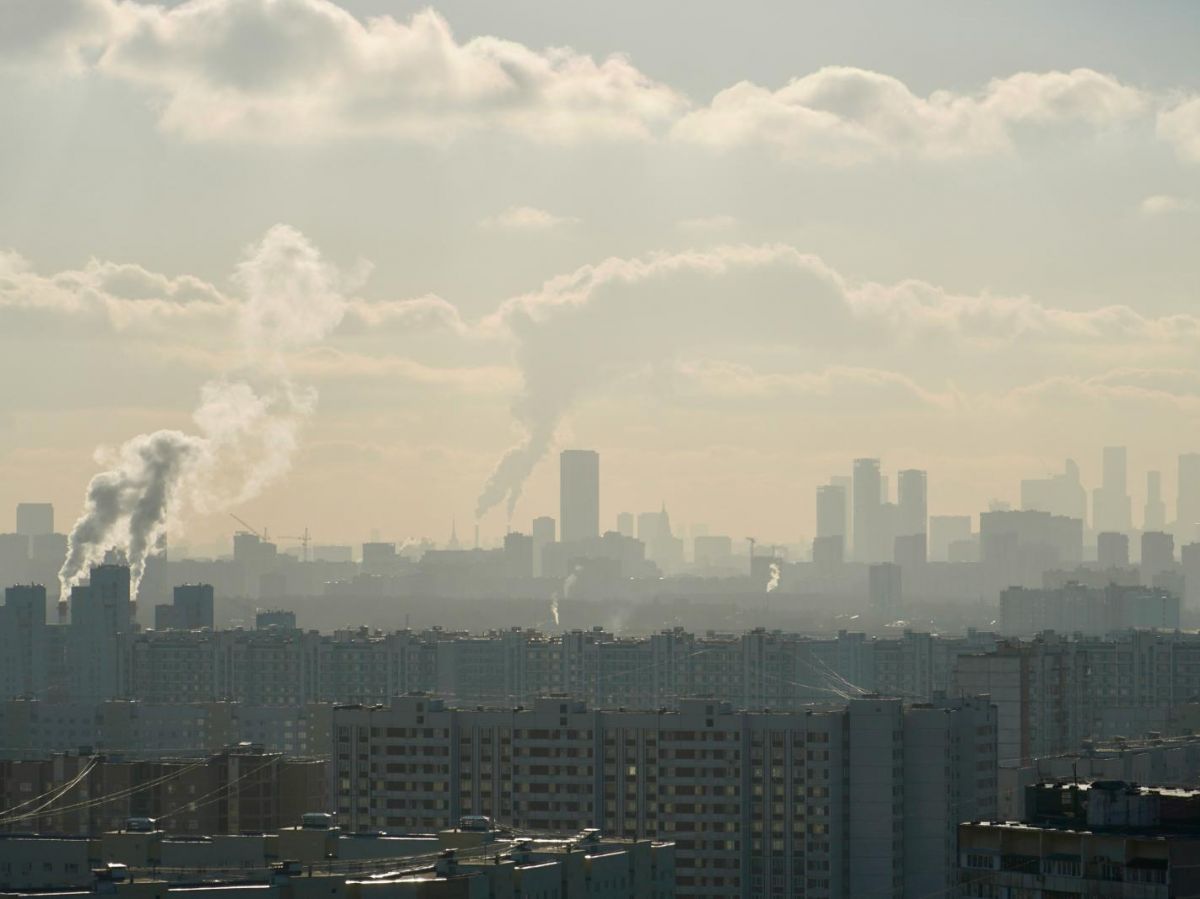It's the deadliest cancer in France, and the third most common, with nearly 50,000 diagnoses per year. But while tobacco smokers have a 10 to 15 times greater risk of developing lung cancer, non-smokers represent up to 25% of the total affected population. However, their tumors are poorly understood, as previous studies have focused on tobacco smokers.
Scientists from the National Institutes of Health (NIH) and their colleagues at the University of California, San Diego, analyzed lung tumors from 871 never-smoking patients at 28 locations worldwide. They report in the journal Nature a link between exposure to air pollution and an increase in cancer-promoting genetic mutations.
Read alsoMore than one in two lung cancers in non-smokers is linked to air pollution
Pioneering work on lung cancer in non-smokers
These results are part of the Sherlock-Lung project, a large international research project focused on lung cancer in people who have never smoked. A study published in the journal Nature Genetics in 2021 revealed different genetic signatures of these tumors in non-smokers. To find the mutagenic factors linked to the development of lung cancer in people who do not smoke tobacco, Maria Teresa Landi, an Italian oncologist, lead author of the study and of the Sherlock-Lung project, conducted an in-depth genome-wide analysis of lung cancer in this minority population.
Tumors resulting from active smoking generally have a high tumor mutational burden. Their genetic material undergoes numerous changes, called mutations. When these mutations alter certain so-called "driver" genes, as is the case in tobacco smokers, they directly promote the transformation of a normal cell into a cancerous cell.
Smokers also have characteristic DNA fingerprints left by carcinogens in tobacco smoke. For example, the SBS4 signature is typically associated with tobacco-related damage.
In 2021, Maria Teresa Landi's team observed that tumors from subjects who had never smoked and were exposed to passive smoking only had a moderate mutational load, therefore few mutations, and no mutational signature specific to tobacco (such as SBS4).
Read alsoStudy sheds light on lung cancer in non-smokers
Mutational signatures similar to those left by tobacco
"In non-smokers exposed to high levels of air pollution, we detected a high mutational load, an enrichment of mutations in the TP53 gene (a very important driver gene, editor's note) and mutational signatures such as smoking (SBS4)”, announces the researcher to Science and Future.
THE TP53 gene participates in the human body's defense against cancer cells. It participates in immune surveillance, its role is to stop the multiplication of cells that are too damaged by mutations. It can also trigger their death by apoptosis (the cell's ability to self-destruct) as a last resort, and prevent the formation of cancers.
Researchers have also observed a link between air pollution and telomere shortening. These sections of DNA located at the ends of chromosomes naturally shorten with age. Premature telomere shortening indicates that cells are dividing rapidly. Shorter telomeres can make the cell more likely to replicate uncontrollably. Each cell division presents an opportunity for errors in DNA replication, which lead to potentially cancerous mutations.
Normally, this shortening is a warning signal for the TP53 gene, which can then cause cell cycle arrest or programmed cell death (apoptosis). But the TP53 gene is rendered ineffective by mutations linked to high exposure to air pollution.
This study thus suggests that air pollution could be more likely to cause mutations responsible for lung cancer in non-smokers than passive smoking, the latter not causing an increase in carcinogenic mutations or mutational signatures linked to tobacco. Maria Teresa Landi's team is continuing its research in the hope of enabling early detection of these mutations, or more appropriate treatment for these tumors in non-smokers.

